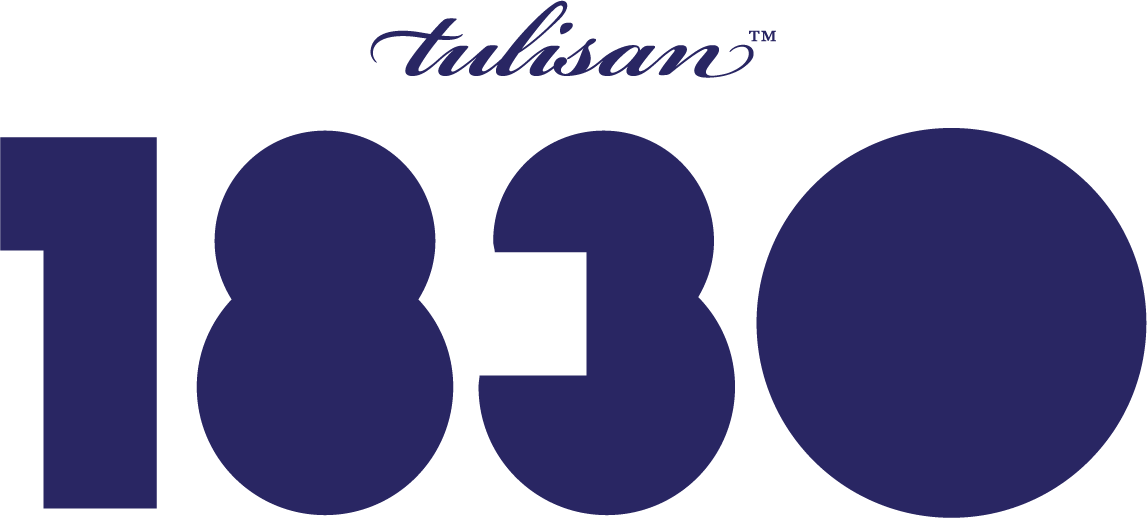EN / ID
A Shared Story.
Our work explores regenerative designs to safeguard cultural heritage and create an inclusive dialogue.
Curated by
Melissa Sunjaya
Peter Carey
Designed by
Melissa Sunjaya
Michał Górzyński
Melissa Sunjaya
Peter Carey
Designed by
Melissa Sunjaya
Michał Górzyński
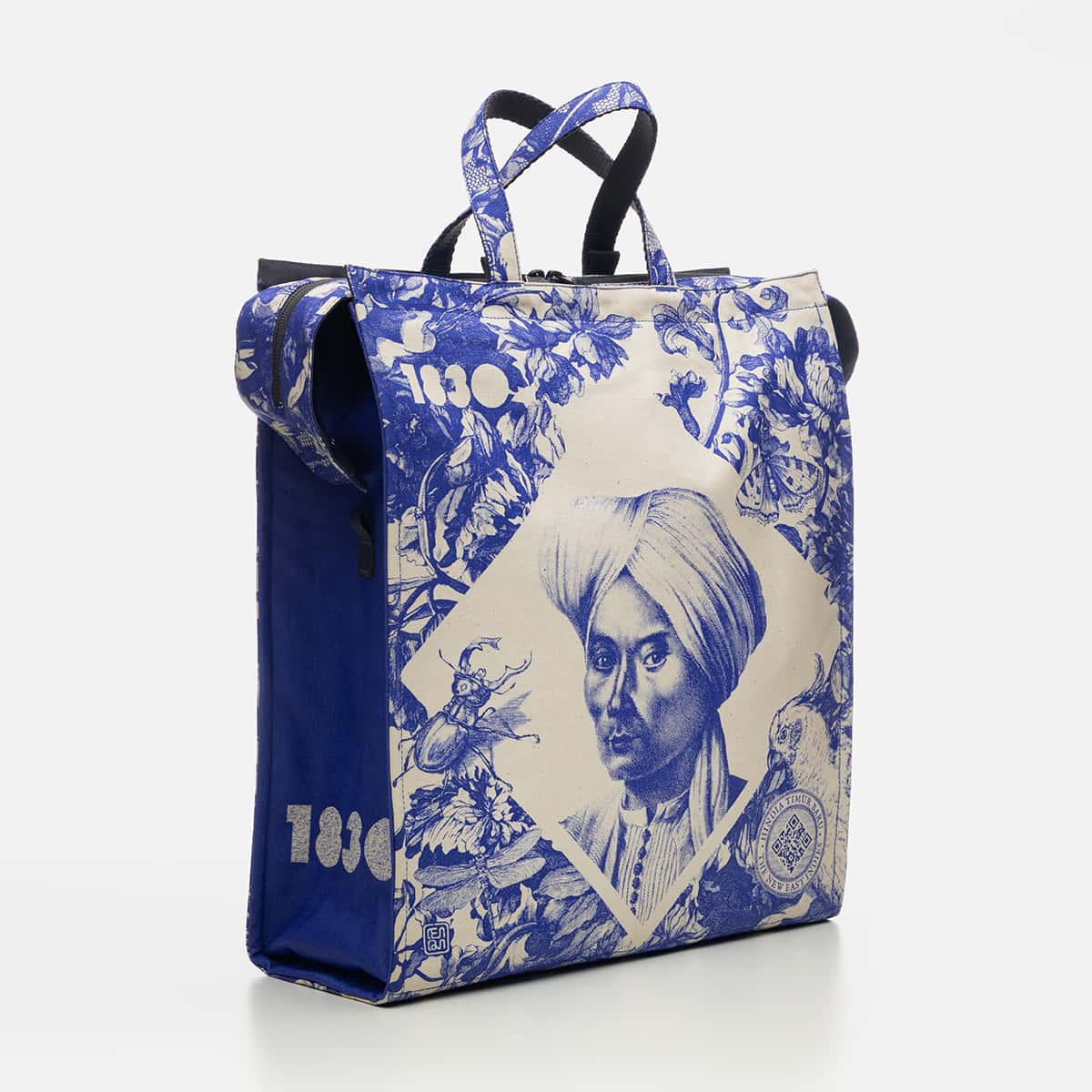
01.
Wearable Design Objects
—Since 2010, Tulisan has been publishing storytelling wearable serigraph objects as a way of regenerating heritage. In Indonesia, textile traditions have long encompassed weaving, batik wax painting, and narrative illustration—forms of “wastra,” or literature in cloth, where stories are spun into threads and embodied through the way fabric is worn. Across the archipelago, women have historically served as guardians of this sacred storytelling practice, weaving knowledge that sustained harmony between humanity and nature amidst rapid development. This legacy reminds us that our ancestors lived in societies where women held central roles and wielded significant influence. Tulisan’s wearable design objects consciously honour this heritage, transforming textiles into living narratives that connect past and present, while empowering future generations through cultural memory and design.
02.
Philosophy
—At Tulisan, we have built our grassroots artisanal label with love and care, guided by three values: celebrating individuality, safeguarding the planet, and empowering others. These principles keep us rooted in craftsmanship through illustrated textiles. Our wearable storytelling objects are handmade with limited-edition, hand-pulled serigraphy. As a local brand in Jakarta, our challenge is to sustain slow-craft disciplines while resisting the cycle of low-cost, mainstream fashion. We believe it is vital to ground our work in history and reframe marginalised cultural narratives as shared global stories. This convergence of practice-led research and sustainable craftsmanship makes our work unique—encouraging literacy and opening access to Indonesian history. Our 1830 book culminates with an art manifesto, inviting creators to explore nine theoretical frameworks.
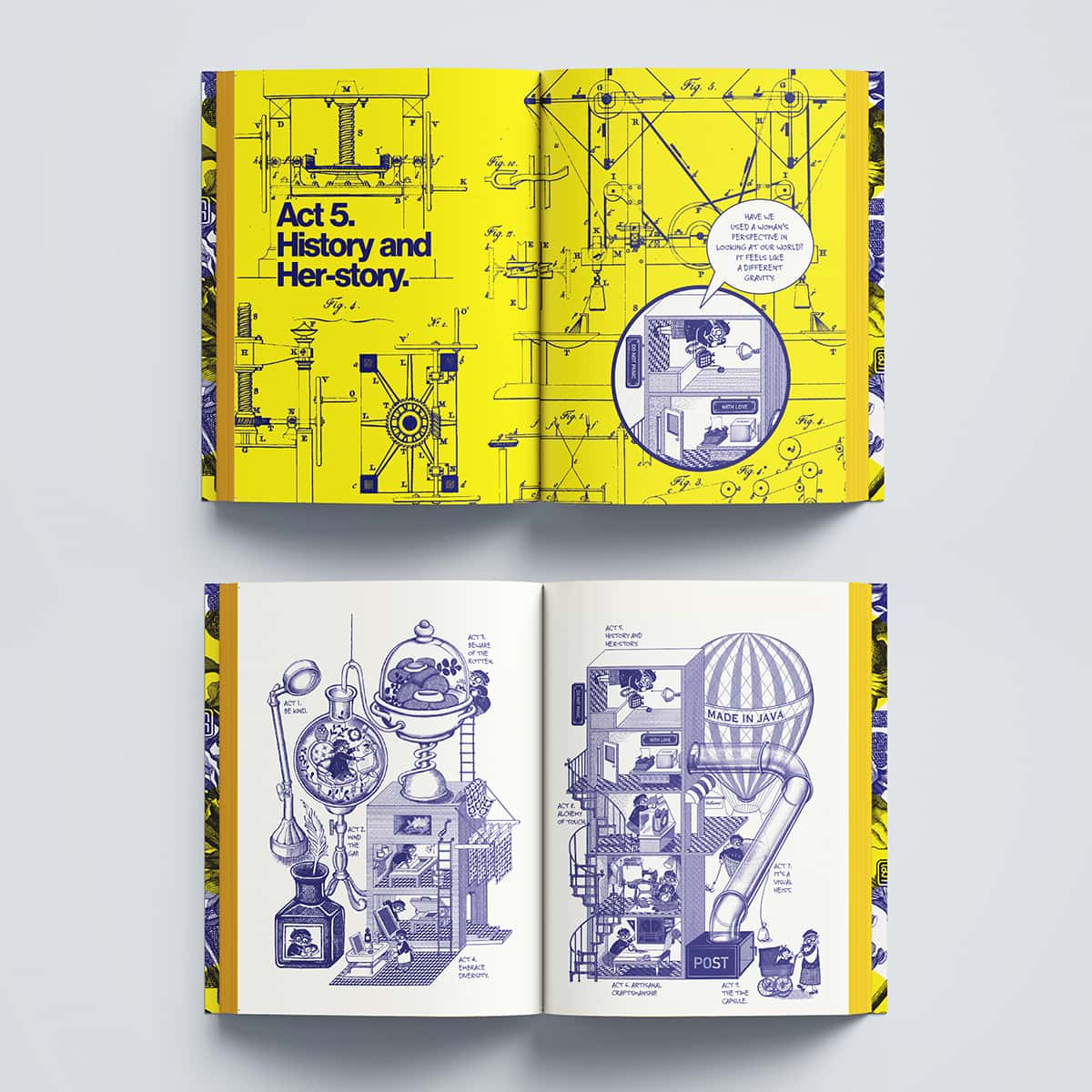
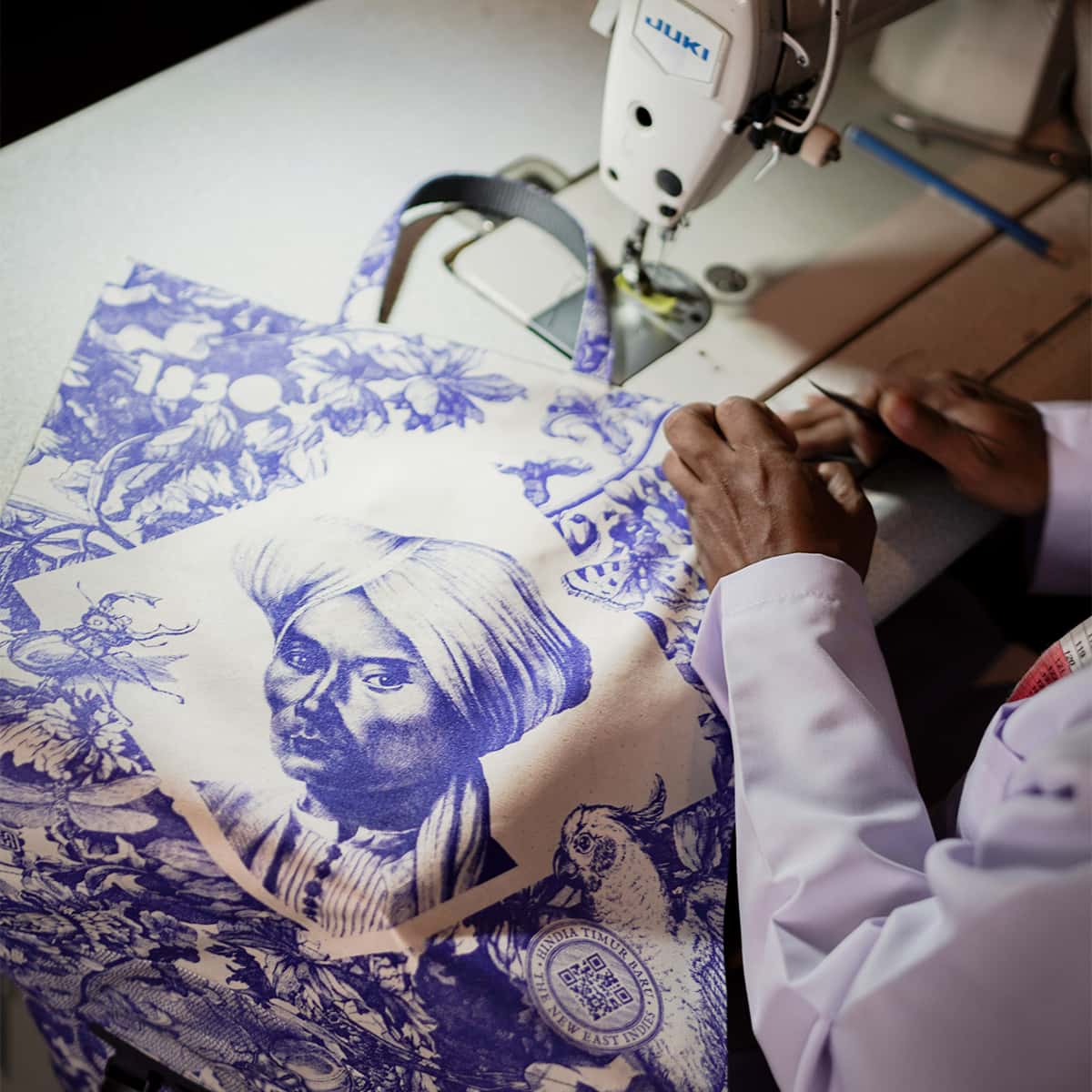
03.
Reframing Our Shared Past
—The 1830 Project uncovers the hidden histories behind the seductive blue of luxury design. Blue-and-white ceramics first appeared in ninth-century Iraq and China, before the Dutch East India Company imported them to Europe. When this trade collapsed in 1644, Dutch ceramists created Delftware, sparking a Chinoiserie trend that later inspired France’s Toile de Jouy and Portugal’s Azulejos. Yet beneath this beauty lies a darker truth. Under the Cultuurstelsel (1830–1870), Javanese farmers were coerced into cultivating indigo for export, receiving only a fraction of its global value. This exploitation led to environmental destruction, slavery-like labour, gendered violence, and systemic racism—marking a painful chapter in Java’s history. This unfair work system still prevails under the guise of capitalism. Indigo blue, once valued more than gold, now serves as a symbol in our wearable design objects, reframing craft as a form of resistance.
04.
Regenerative Design
—Wearing our stories is how Indonesians express and preserve cultural identity. Through the 1830 Project, Tulisan reimagines the Java War (1825–1830) as a shared global story, reflecting on how colonialism disrupted indigenous culture. By reconstructing fragments of 19th-century lithographs and layering them with minimal geometric patterns, we practise visual activism of “transforming the colonial gaze”—challenging dominant narratives while offering a Javanese platform for storytelling. This regenerative design process not only reassembles the past but transforms it into contemporary dialogue. Each piece in the 1830 Collection features a QR code that links to a bilingual online journal (English–Indonesian). This “phygital” experience turns wearable objects into performative agents of cross-generational knowledge transmission, bridging personal memory with collective history. In doing so, craft becomes a regenerative practice, reframing history for today’s global audiences.
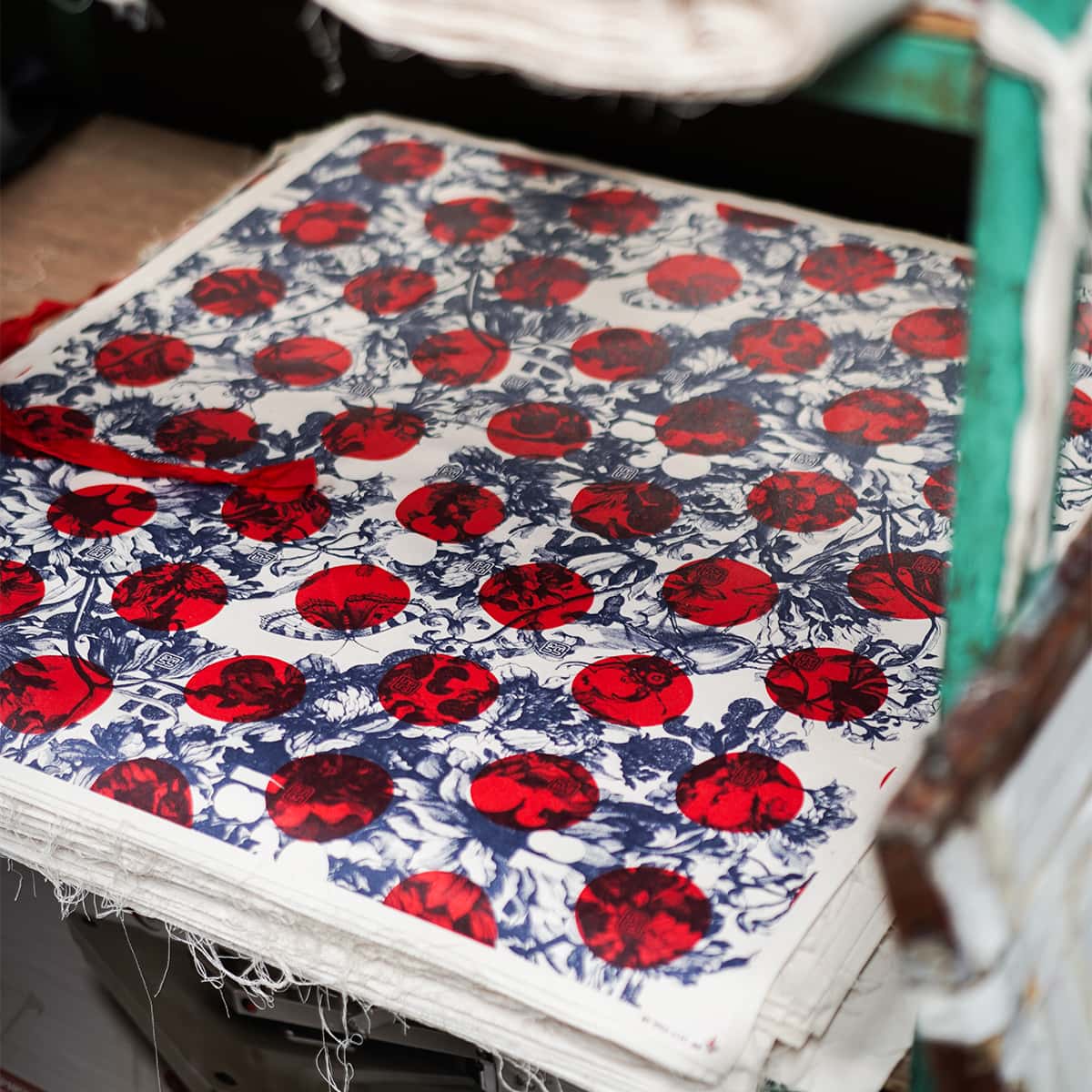
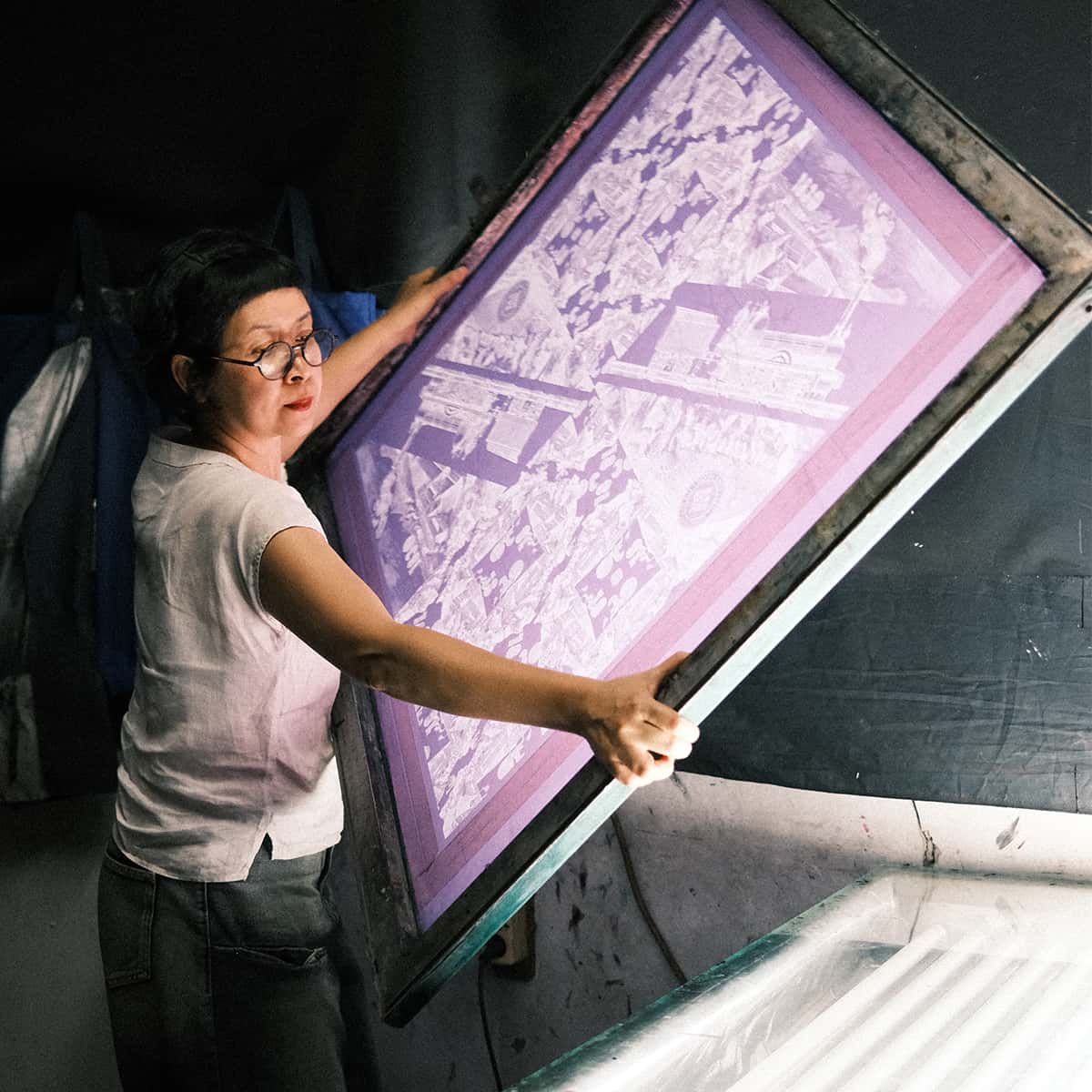
05.
Zero Waste Principles
—At Tulisan, regenerative design extends beyond storytelling into our production methods, where we integrate the zero-waste principle at every stage of our process. All cutting patterns are developed with minimalist, functional forms that eliminate fabric waste, while linings are crafted from renewable material derived from post-consumer PET bottles. We partner with Waste For Change, a certified waste management company, to recycle 100% of our waste—paper, cardboard, plastic, and biowaste—while actively tracking our carbon footprint. Our repair and reconstruction services extend product life, resulting in fewer than three returns annually. To support circularity, we created GILT, an online auction platform where collectors can resell or acquire past editions. Due to scarcity, many pre-loved pieces gain higher value over time, affirming our commitment to refuse, reduce, reuse, recycle, and regenerate.
